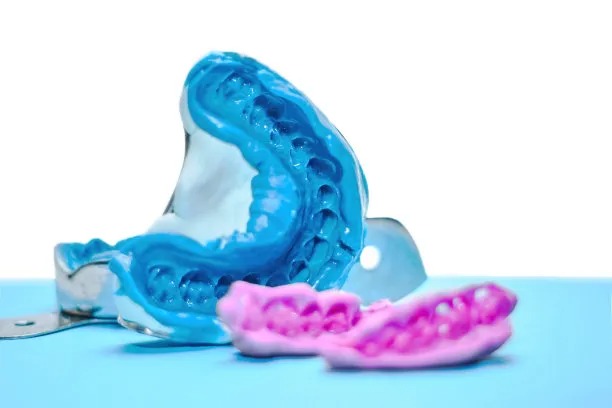Revolutionizing Dental Care The Evolution of Dental Implant Treatment
Summary: Revolutionizing Dental Care: The Evolution of Dental Implant Treatment explores the transformative impact of dental implants on modern dentistry. This article delves into the history, benefits, technological advancements, and future potential of dental implant treatment.
1. Historical Background

Dental implants have a rich historical background, dating back to ancient civilizations such as the Mayans and Egyptians. The modern concept of dental implants began in the 1950s with the work of researchers like Dr. Per-Ingvar Brånemark, who discovered osseointegration.
This groundbreaking discovery paved the way for the development of titanium implants that could fuse with the jawbone, providing a stable foundation for artificial teeth. Over the decades, advancements in materials and techniques have made dental implants a standard of care in restorative dentistry.
Today, dental implants are considered the gold standard for replacing missing teeth, offering patients a reliable and long-lasting solution for restoring their smiles and oral function.
2. Advantages of Dental Implants
One of the key advantages of dental implants is their ability to mimic the natural structure of teeth. Unlike traditional dentures or bridges, implants provide a stable and secure foundation that prevents bone loss and preserves oral health.
Furthermore, dental implants offer improved aesthetics, speech, and chewing function compared to other tooth replacement options. Patients who opt for dental implants can enjoy a restored smile that looks and feels natural, boosting their confidence and quality of life.
Additionally, dental implants have a high success rate and can last a lifetime with proper care, making them a cost-effective and durable solution for tooth replacement.
3. Technological Innovations
The field of implant dentistry has witnessed rapid technological advancements in recent years, enhancing the precision and efficiency of implant placement procedures. Innovations such as 3D imaging, computer-aided design and manufacturing (CAD/CAM), and guided surgery techniques have revolutionized the way dental implants are planned and placed.
These technologies allow dentists to create custom implant restorations that fit seamlessly with the patients natural teeth and oral anatomy. By leveraging digital tools and virtual planning software, dental professionals can achieve predictable outcomes and ensure optimal implant success rates.
Furthermore, advancements in implant materials and surface treatments have improved osseointegration and accelerated healing, reducing treatment times and enhancing patient comfort.
4. Future Trends and Developments
The future of dental implant treatment holds exciting possibilities, with ongoing research focused on enhancing implant biocompatibility, durability, and aesthetics. Emerging trends include the use of nanotechnology, bioactive coatings, and regenerative medicine to improve implant integration and tissue regeneration.
Implant designs are also evolving to accommodate a broader range of clinical situations, such as compromised bone quality or quantity. Minimally invasive techniques and same-day implant protocols are being developed to streamline treatment processes and reduce patient downtime.
As technology continues to advance, the field of implant dentistry is poised to offer even more personalized and efficient solutions for patients seeking permanent tooth replacement options.
Summary:
Revolutionizing Dental Care: The Evolution of Dental Implant Treatment highlights the transformative impact of dental implants on modern dentistry, tracing their historical roots, identifying their advantages, exploring technological innovations, and envisioning future developments in the field. Embrace the future of dental care with cutting-edge implant solutions!
This article is compiled by Vickong Dental and the content is for reference only



